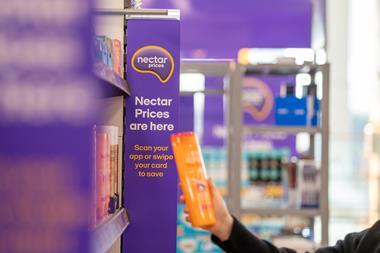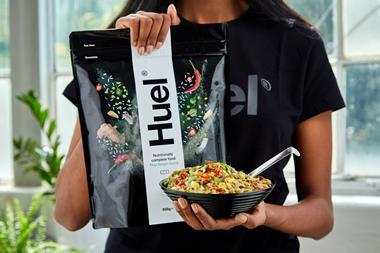“Why, in a country that you could drop and easily lose in one of the American Great Lakes, does that two-and-a-half hour journey from London to Manchester or Leeds still feel like crossing time zones, political borders and linguistic and cultural frontiers?” wrote Stuart Maconie, in his book Pies & Prejudice.
Maconie was, of course, writing of the North, and to that list of pointed differences he might have added “shopping habits”. Or, at least, that’s what some commentators would have you believe.
When Morrisons bought Safeway – a chain that was predominantly southern based – back in the dim and distant past of 2004, many sniffed that it didn’t ‘get’ southern shoppers, and wouldn’t succeed. In the town of Royal Tunbridge Wells – a town this Grocer journalist happens to know quite well – Morrisons faced the indignity of having to close its branch, only to reopen it six years later as one of its model ‘fresh format’ stores, with dry ice on the veg and everything.
Morrisons’ new format approach was one front in its war to win over southern shoppers (though one insider complained to The Grocer: “This may work as a format in St Albans, but in the M62 corridor, it’s turning customers off”). That war is far from over – but it has evolved. Of the 100 or so M local convenience stores it aims to open this year, roughly half will fall in the south: “there’s a real opportunity in London and the South East,” boss Dalton Philips has said.
Smaller stores, without car parks, boasting fresh food to match the fast-moving tastes of the busy (posh?) southern shopper may just work – but, as I have argued before, London isn’t exactly short of c-stores. And with like-for-like sales down 1.6%, Morrisons really needs this approach to work (if it doesn’t, there’ll be even more pressure on its online offering in 2014).
At least Morrisons has its northern heartland to fall back on, right? Except there’s one southern operator that claims to be doing rather well up north. Announcing its half-year results at the same time as Morrisons today, Waitrose seemed to be pleased with its progress up north, which contributed to growth in like-for-likes of 6.9%. Its stores up there are backed by its recently opened 360,000 sq ft Leyland distribution centre, which is supporting 35 branches at present but can scale up to 100. Heck, the John Lewis Partnership as a whole said it saw strong sales in the provincial cities of the north.
If JPL of all retailers can seemingly straddle the Watford Gap, does it mean the north-south divide between shoppers has been conquered? Or did it ever really exist in the first place? Perhaps we should pack away our (pies and) prejudices and accept that the north isn’t all whippets and Greggs and the south isn’t just take-away sushi and silly house prices.
But then, where would the fun be in that?















No comments yet